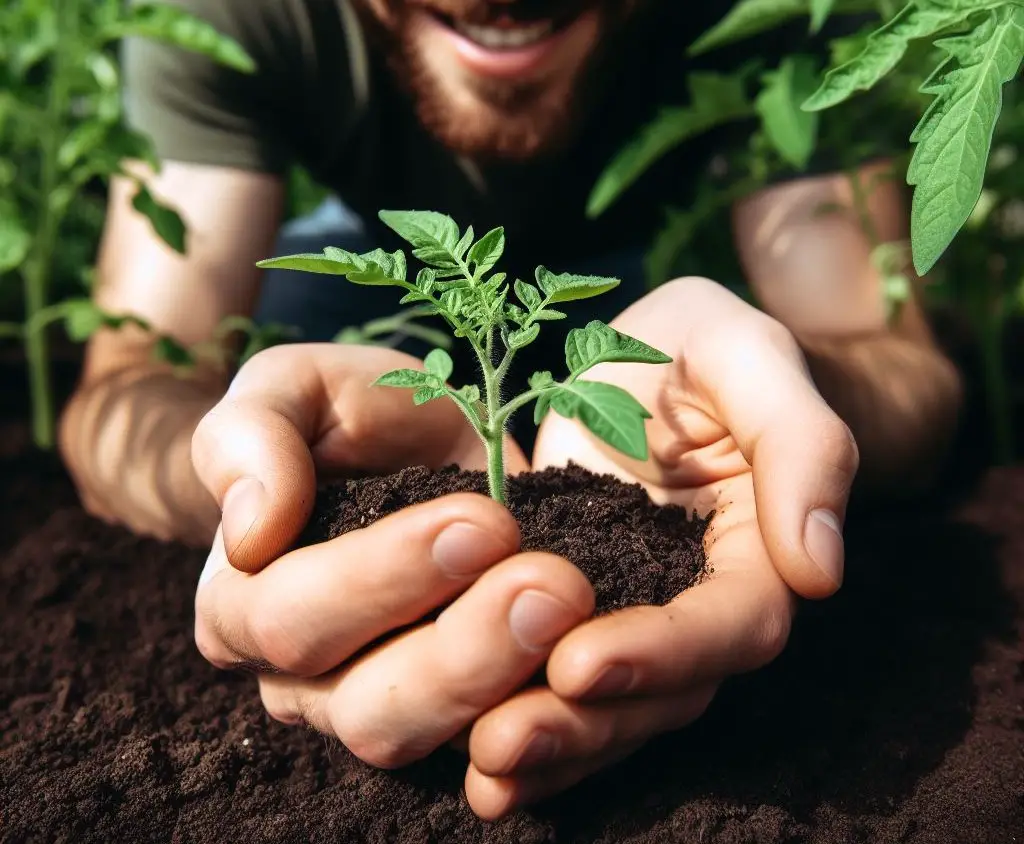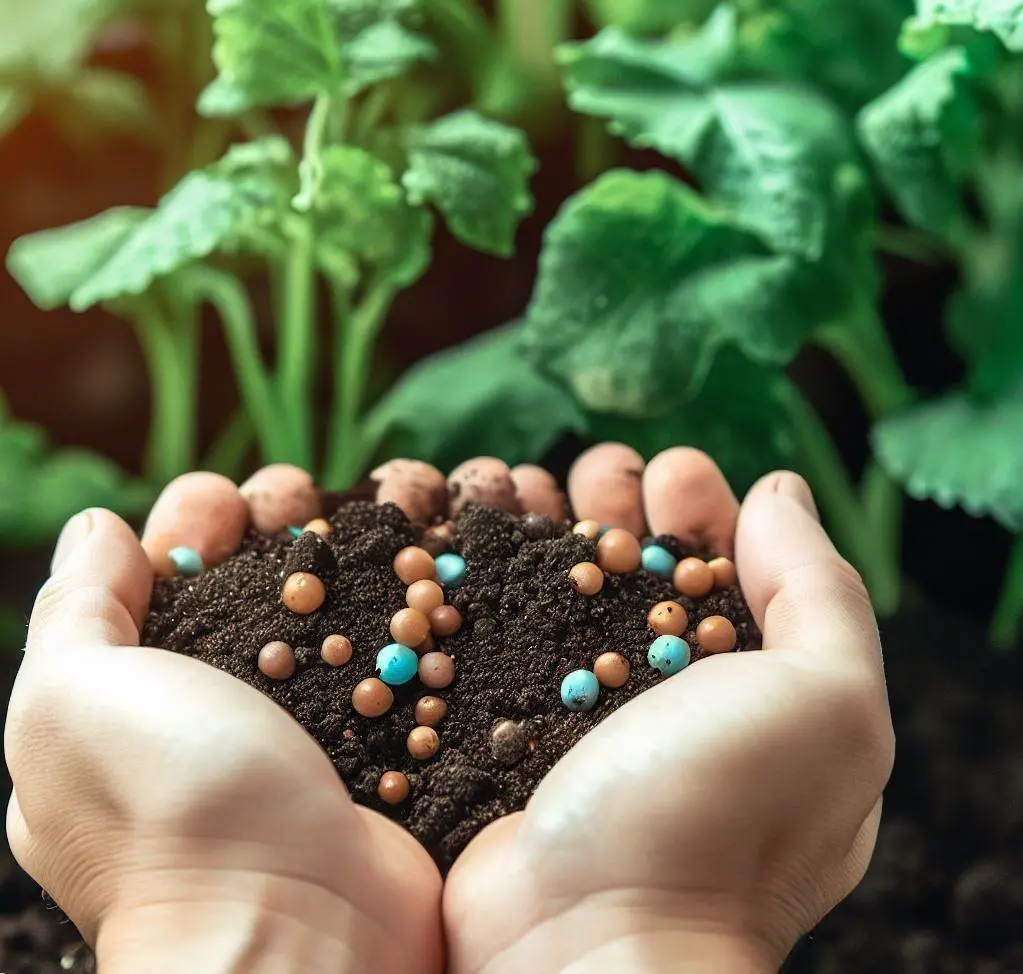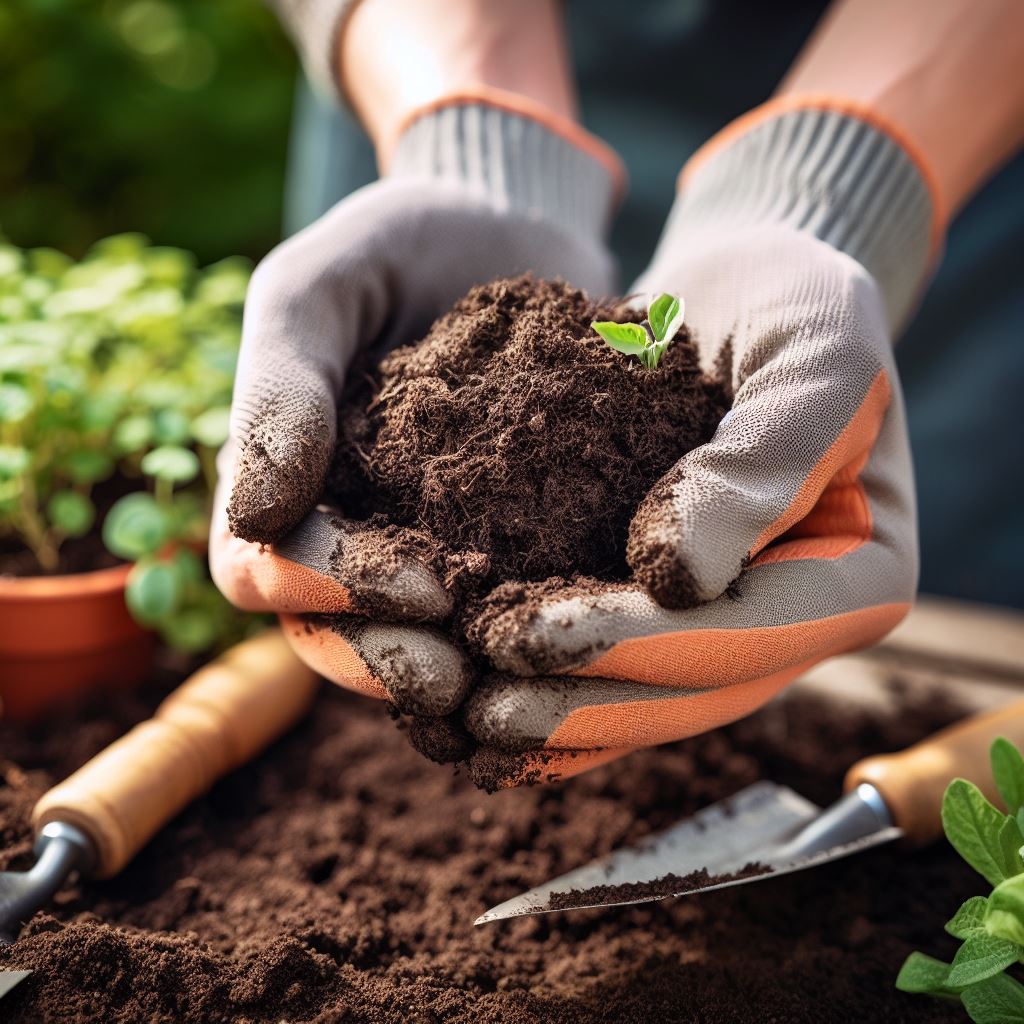
Tomatoes are one of the most popular plants to grow in home gardens. To ensure they thrive and produce an abundance of delicious fruits, it’s important to provide them with the right nutrients. Feeding and fertilizing tomato plants is a crucial part of their care routine.
In this article, we will guide you through the process of feeding and fertilizing your tomato plants, from choosing the right fertilizer to applying it correctly.
Choosing the Right Fertilizer
When it comes to fertilizing tomato plants, it’s important to choose a fertilizer that is specifically formulated for tomatoes. Look for a balanced fertilizer with equal amounts of nitrogen (N), phosphorus (P), and potassium (K).
This is often represented by the numbers on the fertilizer packaging, such as 10-10-10 or 14-14-14. Additionally, consider using organic fertilizers, which are derived from natural sources and provide slow-release nutrients.
Organic fertilizers, such as compost or well-rotted manure, are excellent choices for tomato plants. They not only provide essential nutrients but also improve soil structure and promote beneficial microbial activity.
You can make your own compost by collecting kitchen scraps, yard waste, and other organic materials. Alternatively, you can purchase organic fertilizers from garden centers or online retailers.
Related article: How to Make Nitrogen Fertilizer at Home
When to Start Fertilizing
Tomato plants should be fertilized at different stages of their growth. Here’s a general timeline to follow:
| Stage | Timing |
|---|---|
| Seedlings | 2 weeks after transplanting |
| Established Plants | Every 2-3 weeks during the growing season |
| Flowering and Fruiting | Every 2 weeks until harvest |
Seedlings should be given some time to establish their root systems before being fertilized. Wait for about 2 weeks after transplanting them into the garden or containers. This allows the plants to settle in and reduces the risk of fertilizer burn.
Once the tomato plants are established, you can start fertilizing them every 2-3 weeks during the growing season. This regular feeding schedule ensures that the plants receive a steady supply of nutrients to support their growth and fruit production.
During the flowering and fruiting stage, tomato plants have higher nutrient demands. Increase the frequency of fertilization to every 2 weeks to provide the necessary nutrients for healthy blooms and abundant fruit sets.
How to Apply Fertilizer
When applying fertilizer to tomato plants, it’s important to follow the instructions on the packaging. Here are some general guidelines:
- Apply fertilizer evenly around the base of the plant, avoiding direct contact with the stem.
- Measure the recommended amount of fertilizer according to the instructions. Over-fertilizing can lead to nutrient imbalances and plant stress.
- Gently work the fertilizer into the top inch of soil using a hand cultivator or rake.
- Water the plants thoroughly after applying fertilizer to help the nutrients reach the roots.
- Avoid getting fertilizer on the leaves as it can cause leaf burn. If any fertilizer comes into contact with the foliage, rinse it off with water.
- Consider using a liquid fertilizer for foliar feeding, which involves spraying the leaves with a diluted fertilizer solution. This method allows the plants to absorb nutrients directly through their leaves.
Additional Tips for Feeding Tomato Plants
Here are some additional tips to keep in mind when feeding and fertilizing tomato plants:
- Monitor the soil pH: Tomatoes prefer slightly acidic soil with a pH range of 6.0 to 6.8. Test the soil regularly using a pH testing kit and adjust the pH if necessary. Lime can be added to raise the pH, while sulfur or peat moss can be used to lower it.
- Use compost: Incorporating compost into the soil before planting will provide a natural source of nutrients for your tomato plants. It also improves soil structure and moisture retention.
- Mulch the soil: Apply a layer of organic mulch, such as straw or wood chips, around the base of the plants to help retain moisture, suppress weeds, and regulate soil temperature. Mulching also prevents soil splashing onto the leaves, reducing the risk of disease.
- Water consistently: Tomato plants require regular watering to support their growth and nutrient uptake. Keep the soil evenly moist, but not waterlogged. Inconsistent watering can lead to blossom end rot and other problems.
- Follow a feeding schedule: Create a feeding schedule based on the growth stages of your tomato plants to ensure they receive consistent nutrition. Keep track of when you last fertilized and when the next application is due.
- Observe plant health: Pay attention to the overall health of your tomato plants. If they show signs of nutrient deficiencies, such as yellowing leaves or stunted growth, adjust your fertilization practices accordingly. A soil test can also help identify specific nutrient deficiencies.
Frequently Asked Questions
1. How often should I fertilize my tomato plants?
The frequency of fertilizing tomato plants depends on their growth stage. Seedlings should be fertilized 2 weeks after transplanting, while established plants should be fertilized every 2-3 weeks during the growing season. Once the plants start flowering and fruiting, fertilize them every 2 weeks until harvest.
2. Can I use any fertilizer for tomato plants?
It’s best to use a fertilizer specifically formulated for tomatoes. Look for a balanced fertilizer with equal amounts of nitrogen, phosphorus, and potassium. Organic fertilizers are also a good option as they provide slow-release nutrients.
3. Should I fertilize my soil before planting the tomato?
It’s recommended to incorporate compost or well-rotted organic matter into the soil before planting tomatoes. This will provide a natural source of nutrients and improve the soil structure.
4. Can I over-fertilize my tomato plants?
Yes, over-fertilizing can be detrimental to tomato plants. It can lead to excessive foliage growth at the expense of fruit production. Follow the instructions on the fertilizer packaging and avoid applying more than the recommended amount.
5. Can I use homemade compost as fertilizer for tomato plants?
Yes, homemade compost is an excellent fertilizer for tomato plants. It provides a rich source of organic matter and nutrients. Make sure the compost is well-rotted and has a crumbly texture before using it. Incorporate it into the soil before planting or use it as a top dressing around established plants.
Conclusion
Feeding and fertilizing tomato plants is essential for their overall health and productivity. By choosing the right fertilizer, applying it correctly, and following additional tips, you can provide your tomato plants with the nutrients they need to thrive.
Remember to monitor their growth, adjust your feeding schedule accordingly, and address any nutrient deficiencies that may arise. With proper care, you’ll be rewarded with a bountiful harvest of delicious tomatoes.




